________________________________________________________________________________
Massey Ferguson 230, 235, 240, 245, 250 - Diesel engine cylinder head and pistons
Cylinder head
Remove and reinstall - Remove cylinder head, first drain cooling system.
Remove hood and instrument panel cover. Disconnect battery cables and
remove battery. Shut off fuel, disconnect fuel gage sending unit wire,
disconnect fuel supply and return lines, and remove fuel tank and
mounting brackets. Disconnect radiator top bose and thermostat bypass
hose. Disconnect breather pipe and remove rocker arm cover. Remove
retaining nuts and lift off rocker shaft assembly. Remove intake
manifold and exhaust manifold. Remove high pressure fuel lines, then
remove injector nozzles and sealing washers from cylinder head. Remove
stabilizer bar from thermostat housing. Disconnect external oil supply
line from cylinder head. Loosen cylinder head mounting stud nuts or cap
screws in reverse order of tightening sequence, then lift cylinder head
from the Massey Ferguson 230, 235, 240, 245, 250 engine. Clean gasket
surface of cylinder head and check for warpage or other damage. Cylinder
head can be surfaced and a maximum of 0.30 mm (0.012 inch) material may
be removed provided injector nozzles do not protrude more than 4.67 rom
(0.184 inch). Do not attempt to use additional injector sealing washers
to reduce nozzle protrusion. Determine whether valves must be resealed
to provide proper recession after cylinder head is resurfaced. When
reinstalling cylinder head, make certain all sealing surfaces and cap
screw holes are clean and dry. Lightly oil threads of cylinder head stud
nuts and cap screws. Tighten nuts and cap screws in three equal stages
to a final torque of 95 Nm (70 ft-lbs.). Tighten rocker bracket cap
screws to a torque of 30 Nm. Adljust valve clearance. Complete
installation by reversing the removal procedure. Operate engine until
normal operating temperature is reached, then retorque cylinder head and
readjust valves.
Valve clearance - The recommended cold valve clearance is 0.30 mm (0.012
inch) for both the intake and exhaust valves. Hot valve clearance,
engine at normal operating temperature, should be 0.25 rnm (0.010 inch)
for all valves. Static setting of all valves can be made from just two
crankshaft positions using the following procedure. Remove timing window
plug from left side of flywheel adapter housing. Turn crankshaft until
TDC timing mark on flywheel is aligned with punch mark and No. 1 piston
is on compression stroke (both valves closed). Adjust clearances on
No.1,2,3 and 5 valves. Turn crankshaft one complete turn until TDC mark
is again aligned with punch mark, then adjust remaining two valves.
Valves and seats - When disassembling cylinder head, keep valves in
order so they can be installed in their original positions if reused. On
MF 230, 235, 240, 245, 250 some engines, valve heads and seat locations
are numbered consecutively from front to rear. Any replacement valves
should be marked prior to installation. Intake and exhaust valves seat
directly in cylinder head. Valve seat inserts are available for service
installation on exhaust valves only on some models. Cylinder head must
be machined for installation of valve seat inserts. Chill insert in dry
ice prior to installation, then press insert squarely into cylinder head
counterbore using the valve guide as a pilot. Grind seat insert as
necessary to recess valve the recommended distance from head gasket
surface. Valve face and seat angle is 35 degrees for both intake and
exhaust of engines with letter S or F in serial number suffix. Engines
without letter S or F in serial number suffix are equipped with intake
and exhaust valves with 45 degrees face angle. Original production valve
seat angle on these engines is 46 degrees, but seats can be refaced to
45 degrees when servicing valves. On all models, desired seal contact
width is 1.6 mm (1116 inch) for intake and 2.4 mm (3/32 inch) for
exhaust. Valve head should be recessed a specified amount below face of
cylinder head. Clearance can be measured with a straightedge and feeler
gage. Refer to the following specifications:
With S or F Serial Number Suffix: Valve Face and Seat Angle - Intake and
Exhaust - 35 degrees, Valve Head Recession - Intake 1.32-1.63 mm
(0.054·0.064 in.) / Exhaust 1 .60-1.92 mm (0.063 0.075 in.), Valve Stem
Diameter - Intake and Exhaust - 7.90-7.92 mm (0.311-0.312 in.), Wear
Limit - 7.87 mm (0.310 in.), Stem to Guide Clearance - Intake and
Exhaust - 0.06-0.11 mm (0.0025-0.0045 in.). Without S or F serial Number
Suffix: Valve Face and Seat Angle - Intake and Exhaust - 45 degrees,
Valve Head Recession - Intake and Exhaust - 1.50-2.13 mm (0.059-0.084
in), Valve Stem Diameter - Intake and Exhaust - 7.90-7.92 mm
(0.311-0.312 in.), Wear Limit - 7.87 mm (0.310 in.), Stem to Guide
Clearance - Intake and Exhaust - 0.06.0.11 mm (0.0025-0.0045 in.).
Valve guides (Massey Ferguson 230, 235, 240, 245, 250) - Intake and
exhaust valve guides can be renewed if excessively worn. Using a
suitable removal tool, press guides out top of cylinder head. The guides
are interchangeable. Note that both ends of guides are chamfered, one
end at 45 degrees and the other at 20 degrees. Be sure to insert 20
degrees chamfered end into top of cylinder head (45 degrees chamfered
end up). Press into place until top end protrudes 14.83-15.09 mm
(0.584-0.594 inch) above spring seat surface of cylinder bead.
Replacement valve guides are presized and do not require reaming if
carefully installed. After renewing valve guides, reface valve seats to
ensure concentricity of seat to guide. Valve guide specifications are as
follows: Valve Guide I.D - 7.98-8.01 mm (0.3142-0.3155 in.), Valve Stem
O.D - 7.90-7.92 mm (0.311-0.312 in.), Stem-to-Guide Clearance -
0.06-0.11 mm (0.0025-0.0045 in.).
Valve springs - Springs, caps, retainers and locks are interchangeable
for intake and exhaust valves. Springs may be installed either end up.
Renew springs if discolored, distorted or if they fail to meet the
following specifications: Spring free length should be approximately
45.30 mm (1-25/32 inches). Spring pressure should be 93-110 N (21-25
pounds) when compressed to 38.1 mm (1.5 inches). Cam followers - The
mushroom type cam followers (tappets) operate directly in machined bores
in cylinder head. With cylinder head removed, cam followers can be
removed after first removing adjusting screw and locknut from top of cam
follower. Identify cam followers as they are removed so they can be
reinstalled in their original positions if reused. Always renew cam
followers whenever camshaft is renewed. Cam follower diameter is
15.81-15.84 mm (0.6225-0.6237 inch). Diametral clearance in cylinder
head bores should be 0.02-0.09 mm (0.0008-0.0035 inch).
Rod and piston units
Connecting rod and piston units are removed from above after removing
cylinder head, oil pan and rod bearing caps. Be sure to remove carbon
and ring wear ridge (if present) from top of sleeves before pushing
pistons out of cylinders. Cylinder numbers are stamped on the connecting
rods and caps. When reinstalling rod and piston units, make certain the
numbers are in register and face away from camshaft side of Massey
Ferguson 230, 235, 240, 245, 250 engine. Connecting rod cap nuts and
bolts should be renewed whenever they are removed. Note that two
different types of connecting rod nuts, with different tightening torque
values, have been used. Early models used cadmium plated (bright finish)
nuts while later models use phosphated (dull black finish) nuts. Do not
intermix the different types of nuts. Connecting rod nuts should be
tightened to the following torque values: 61 Nm (45 ft.-lbs.) for
cadmium plated nuts and 81 Nm (60 ft.lbs.) for phosphated nuts.
Pistons, Sleeves and rings - The aluminum alloy, cam ground pistons are
supplied in standard size only and are available in a kit consisting of
piston, pin and rings for one cylinder. The toroidal combustion chamber
is off-set in piston crown and piston should be marked FRONT or F for
proper assembly. If FRONT or F marking is not present on piston cmwn,
assemble piston to connecting rod with the cavity offset towards side of
rod that is stamped with cylinder identification number. Five piston
rings are used in engines with serial number suffix D or DL. The first
(top) ring is chrome plated, parallel faced and may be installed either
side up. The second ring is cast iron, parallel faced and may also be
installed either side up. The third compression ring consists of four
steel segments. The segments appear practically flat when not under
compression, but when compressed the ends will curl up (or down if ring
is turned over). Ring ends should curl down on segment installed at
bottom of groove, up on second, down on third and up on top segment.
Space end gaps of the four segments 180 degrees apart from nearest
segment. The fourth ring is chrome plated, laminated, oil control ring.
Install, flrst install the internal expander, install the two lower
rails, spiral ring, then the top two rails. Stagger the gaps of the ring
segments around the piston. The fifth (bottom) oil control ring is
nondirectional and may be installed with either side up.
Piston and ring specifications are as follows: Five-Ring Pistons -
Piston Skirt Diameter - 91.326-91.351 mm (3.5955-3.5965 in.). Ring Side
Clearance in Groove. Top and Second - 0.05-0.10 mm (0.002-0.004 in.).
Bottom - 0.05-0.10 mm (0.002-0.004 in.). Ring End Gap - Top - 0.36-0.76
mm (0.014-0.030 in.). Second - 0.28-0.69 mm (0.01 1-0.027 in.). Third
(each segment) - 0.25-0.38 mm (0.010-0.015 in.). Fourth (each rail) -
0.46-0.94 mm (0.018-0.037 in.). Bottom - 0.28-0.69 mm (0.011-0.027 in.).
Four piston rings are used in engines with serial number suffix DS or
DLS. The first (top) ring is chrome plated and may be installed either
side up. The second and third rings are alike and are internally
stepped. The groove cut into the inner diameter should be toward top.
The bottom (fourth) ring is nondirectional with a coil spring expander.
Install the expander groove first being sure the latch pin engages both
ends of spring, then install the ring over the expander. Piston and ring
specifications are as follows: Four-Ring Pistons - Piston Skirt Diameter
- 91.336-91.361 mm (3.5959-3.5969 in.). Ring Side Clearance in Groove -
Top - 0.05-0.10 mm (0.002-0.004 in.). Second and Third - 0.05-0.10 mm
(0.002-0.004 in.). Bottom - 0.05-0.11 mm (0.002-0.0045 in.). Ring End
Gap - Top - 0.36-0.69 mm (0.014-0.027 in.). Second and Third - 0.28-0.61
nun (0.011-0.024 in.). Bottom - 0.25-0.74 mm (0.010-0.029 in.).
On all models, check installed piston height at TDC when any new piston
is installed. Top of piston must be 0.10 mm (0.004 inch) above to 0.03
mm (0.001 inch) below top surface of cylinder block on Massey Ferguson
230, 235, 240, 245 models. On Model MF 250, piston installed height must
be 0.03-0.15 mm (0.001-0.006 inch) below surface of cylinder block. If
necessary, machine top of piston to obtain specified installed height.
Cylinder sleeves used in original production are 0.03-0.08 mm
(0.001-0.003 inch) interference fit in cylinder block bores. Fit of
service cylinder sleeves in cylinder block is from 0.03 mm (0.001 inch)
tight to 0.03 mm (0.001 inch) loose. Original cylinder sleeve l.D. is
91.48-91.50 mm (3.6015-3.6025 inches). Sleeves should be renewed if
cylinder bore taper exceeds 0.15 mm (0.006 inch) or if out-of-round is
in excess of 0.10 mm (0.004 inch). A suitable sleeve removal and
installing tool is required to renew sleeves. Thoroughly clean and
inspect cylinder block bores and sleeves before installing new sleeves,
as even the slightest burr or dirt can cause distortion of new sleeve
when pressed into the block. Lubricate cylinder bores with a thin
lubricant prior to installing sleeves. Press sleeve into cylinder block
bore until sleeve flange bottoms in cylinder block counterbore. When
correctly installed, top of sleeve should be 0.10 mm (0.004 inch) above
to 0.10 mm (0.004 inch) below top surface of block. Allow sleeve to
stabilize, then check to be sure sleeve bore is not distorted and is the
correct diameter. Service sleeves are prefinished and should not require
additional machining after installation. Correct installed cylinder bore
diameter is 91.50-91.53 mm (3.6025-3.6035 inches).
Piston pins - The floating type piston pins are retained in piston
bosses by snap rings. The piston pins are a transitional fit in piston;
heating piston to 38-49C (100-120F) in oil or water will make removal
and installation of pin easier. Piston pins are available in standard
size only. Outside diameter of pin is 31.744-31.750 mm (1.2498-1.2500
inches). Inside diameter of connecting rod bushing should be 31.76-31.79
mm (1.2505-1.2515 inches). Desired pin to rod bushing diametral
clearance is 0.04-0.10 mm (0.0018-0.0039 inch). Piston pin should have
transition fit in piston bosses of 0.0 mm (0.0 inch) interference to
0.01 mm (0.0004 inch) clearance. The renewable connecting rod bushing
must be final sized after installation to provide recommended piston pin
operating clearance. Be sure hole in bushing is properly aligned with
oil hole in top of connecting rod when installing new bushing.
________________________________________________________________________________
________________________________________________________________________________________
________________________________________________________________________________________
________________________________________________________________________________________
________________________________________________________________________________________
________________________________________________________________________________________
________________________________________________________________________________________
________________________________________________________________________________________
________________________________________________________________________________________
________________________________________________________________________________________
________________________________________________________________________________________
________________________________________________________________________________________
________________________________________________________________________________________
________________________________________________________________________________________
________________________________________________________________________________________
________________________________________________________________________________________
________________________________________________________________________________________
________________________________________________________________________________________
________________________________________________________________________________________
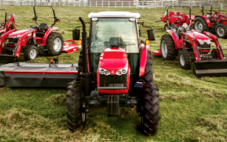 SPECS
SPECS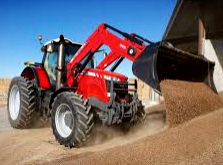 LOADERS
LOADERS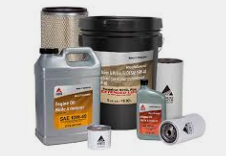 MAINTENANCE
MAINTENANCE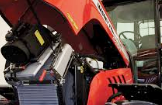 PROBLEMS
PROBLEMS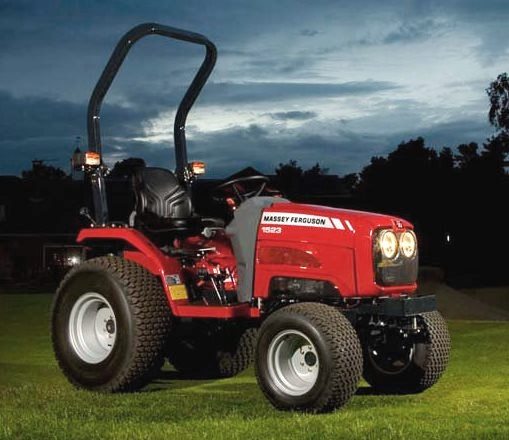 MF 1523
MF 1523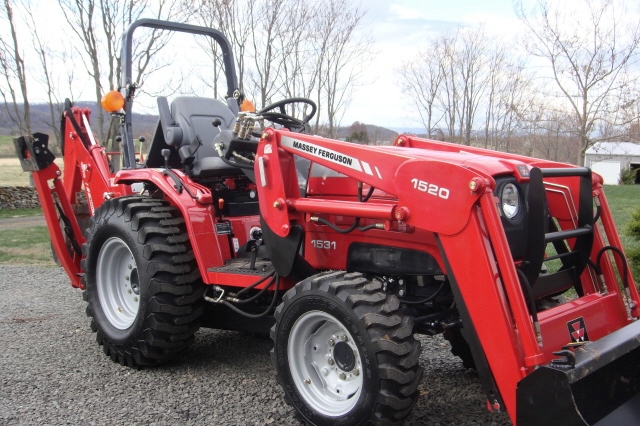 MF 1531
MF 1531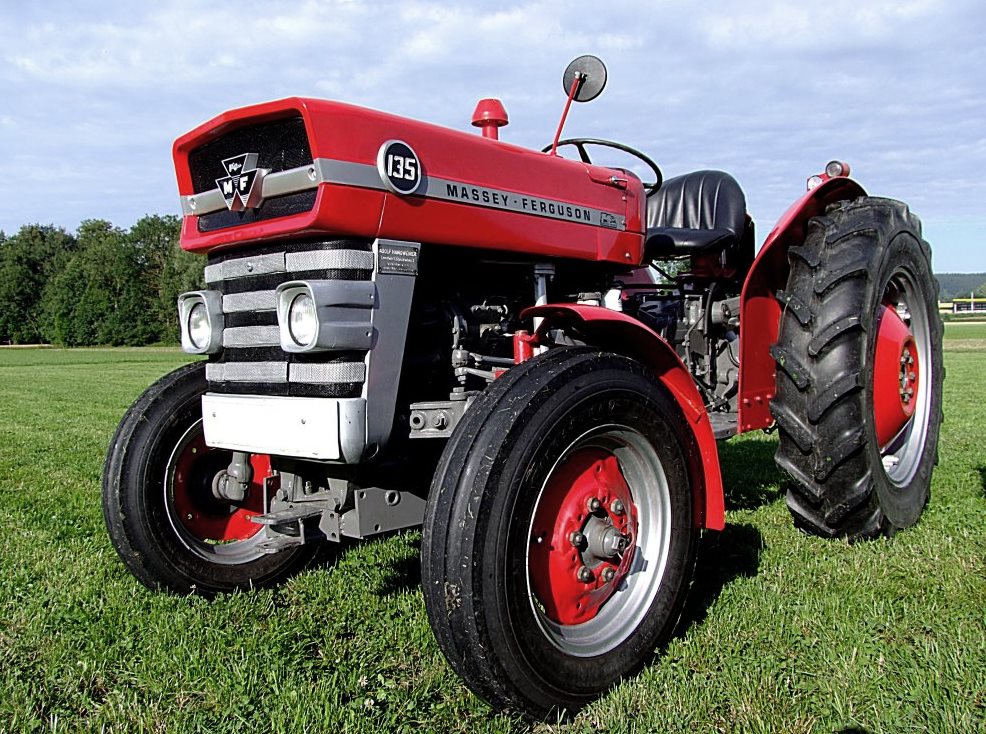 MF 135
MF 135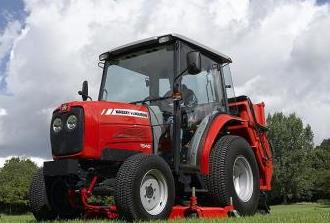 MF 1547
MF 1547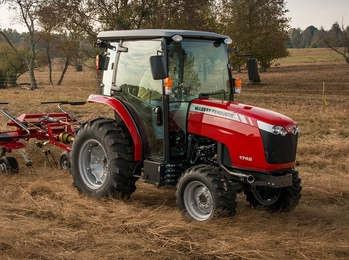 MF 1635
MF 1635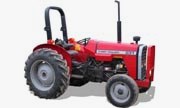 231
231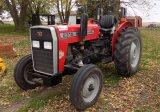 231S
231S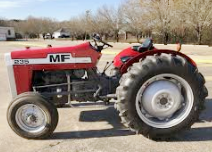 235
235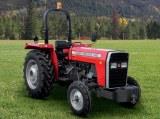 240
240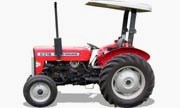 241
241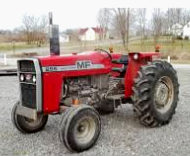 255
255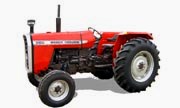 265
265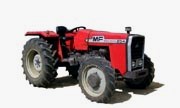 274
274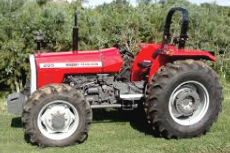 285
285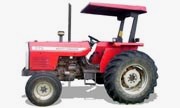 375
375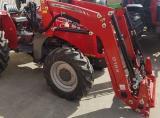 916X Loader
916X Loader 921X Loader
921X Loader 926X Loader
926X Loader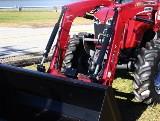 931X Loader
931X Loader 936X Loader
936X Loader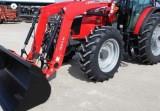 941X Loader
941X Loader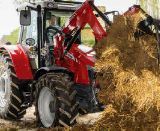 946X Loader
946X Loader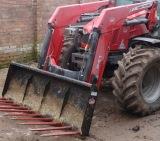 951X Loader
951X Loader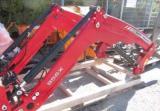 956X Loader
956X Loader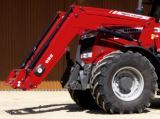 988 Loader
988 Loader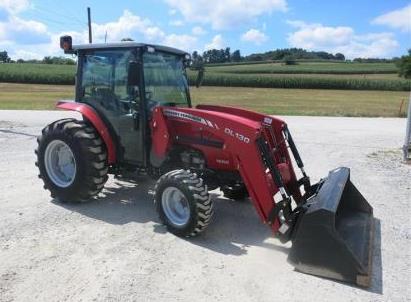 1655
1655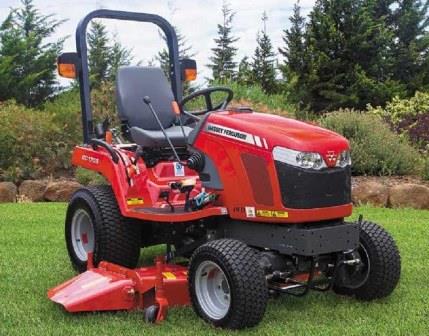 GS1705
GS1705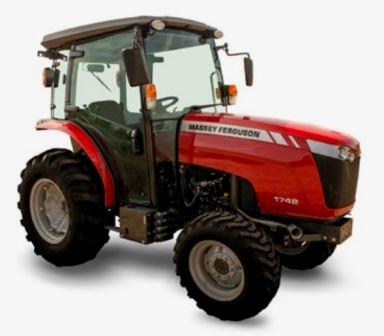 1742
1742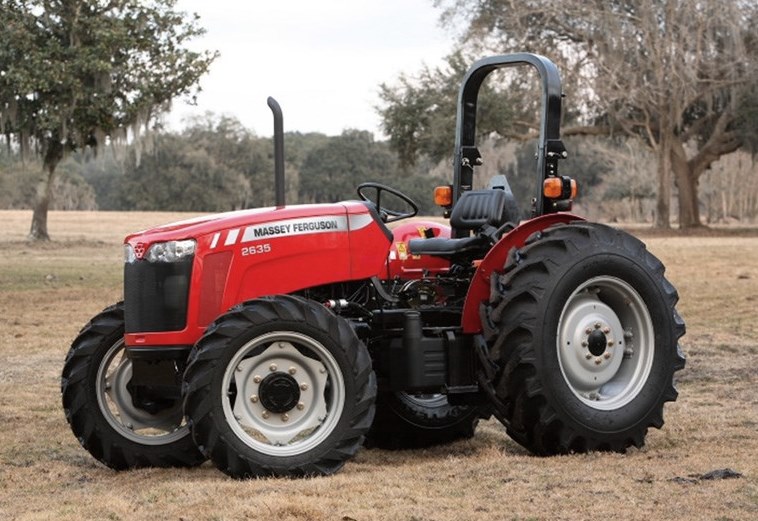 2635
2635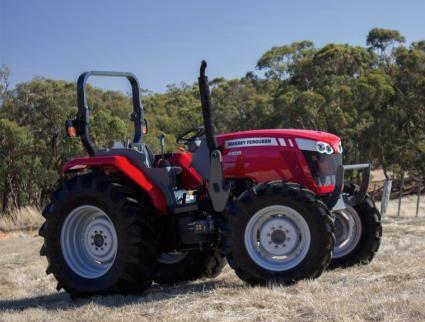 4608
4608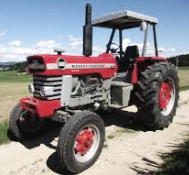 1080
1080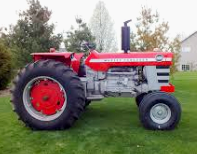 1100
1100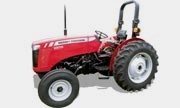 2615
2615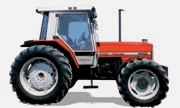 3050
3050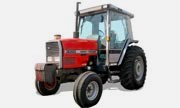 3060
3060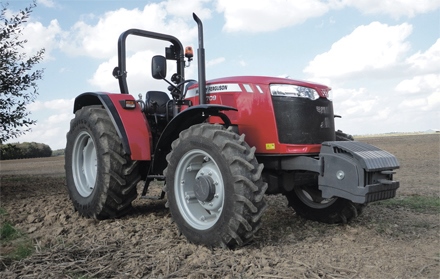 4708
4708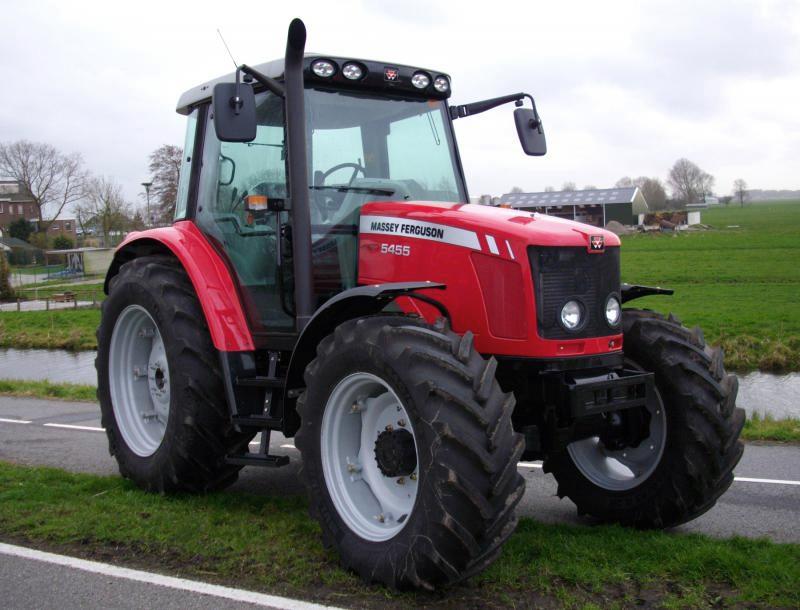 5455
5455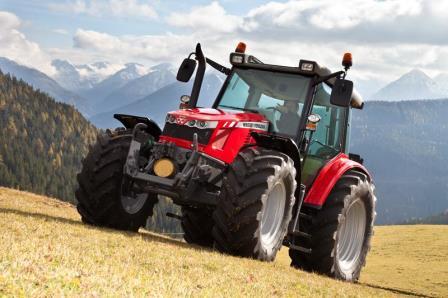 5450
5450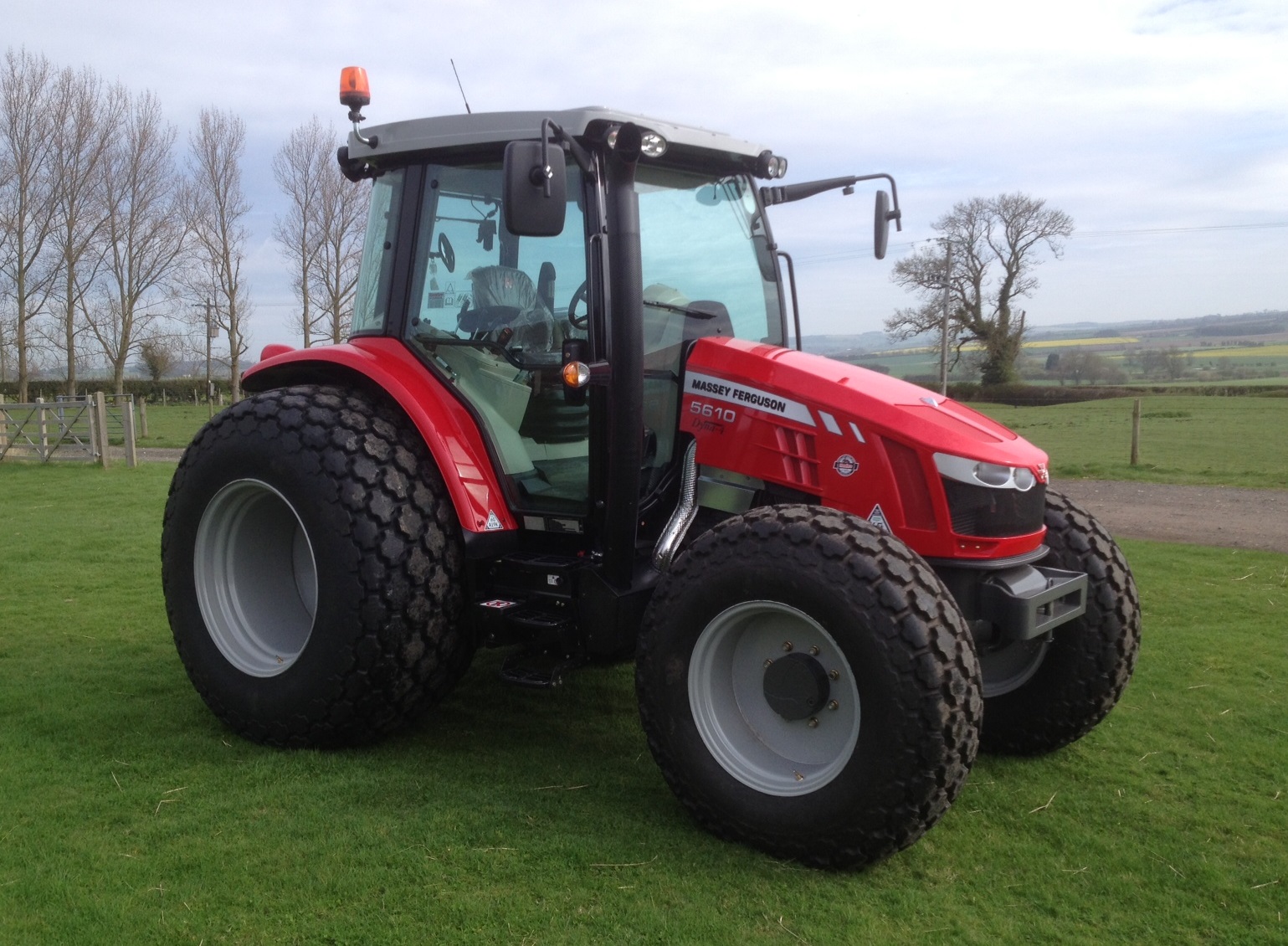 5610
5610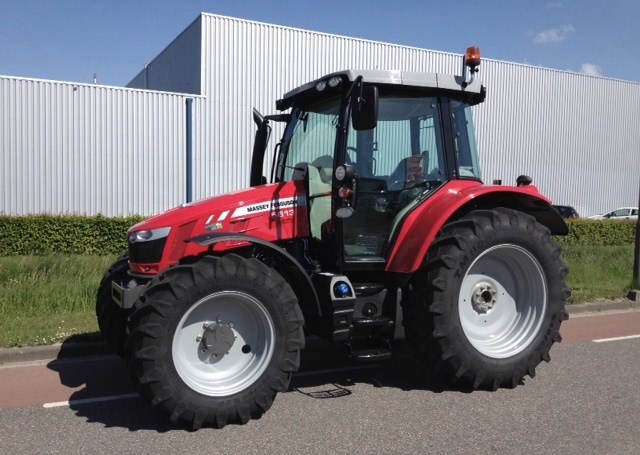 5613
5613 DL95 Loader
DL95 Loader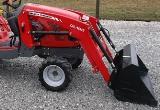 DL100 Loader
DL100 Loader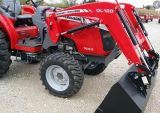 DL120 Loader
DL120 Loader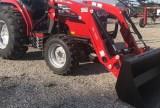 DL125 Loader
DL125 Loader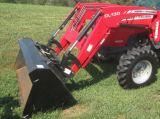 DL130 Loader
DL130 Loader DL135 Loader
DL135 Loader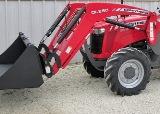 DL250 Loader
DL250 Loader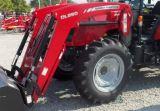 DL260 Loader
DL260 Loader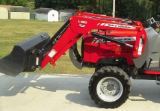 L90 Loader
L90 Loader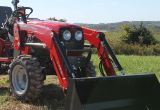 L100 Loader
L100 Loader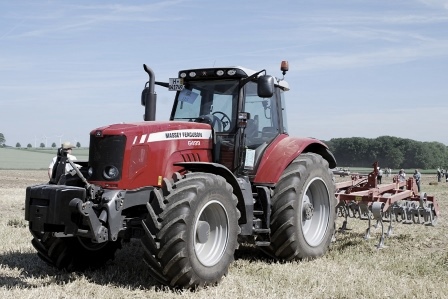 6499
6499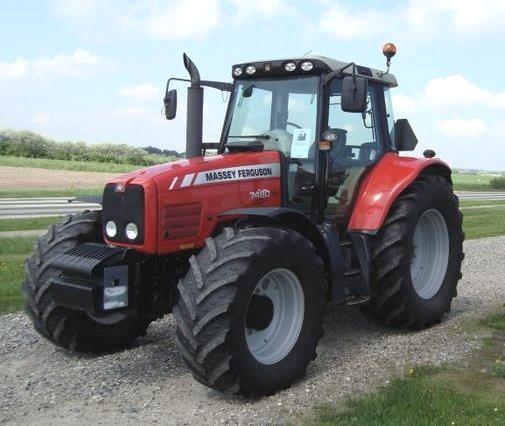 7480
7480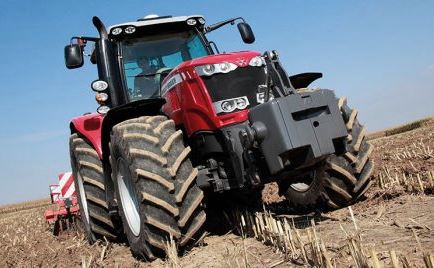 7618
7618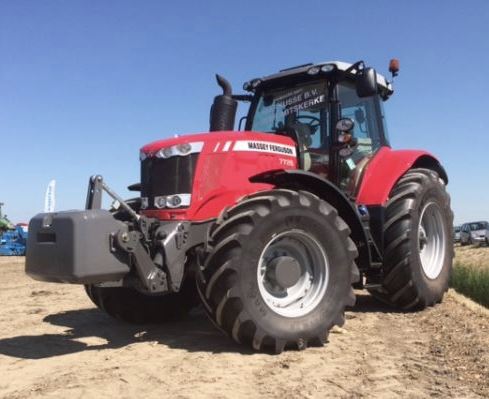 7726
7726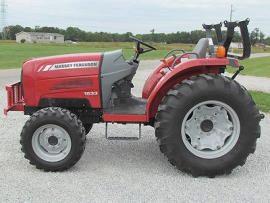 1533
1533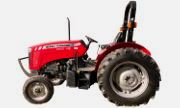 2604H
2604H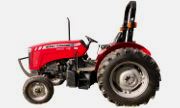 2607H
2607H 4455
4455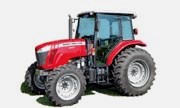 4610M
4610M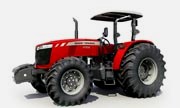 4710
4710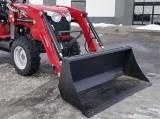 L105E Loader
L105E Loader L210 Loader
L210 Loader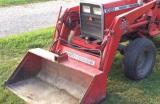 1014 Loader
1014 Loader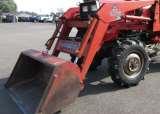 1016 Loader
1016 Loader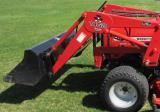 1462 Loader
1462 Loader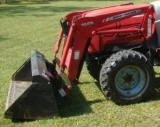 1525 Loader
1525 Loader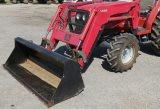 1530 Loader
1530 Loader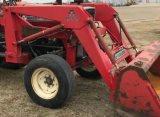 232 Loader
232 Loader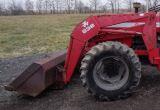 838 Loader
838 Loader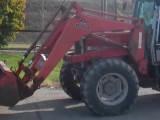 848 Loader
848 Loader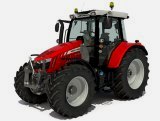 5712SL
5712SL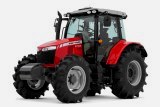 6713
6713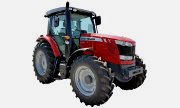 6715S
6715S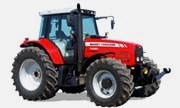 7475
7475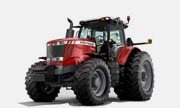 7615
7615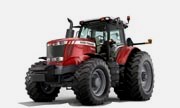 7716
7716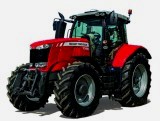 7724
7724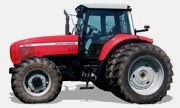 8240
8240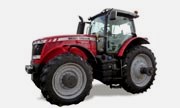 8650
8650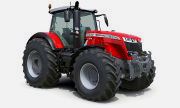 8732
8732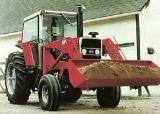 246 Loader
246 Loader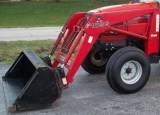 1036 Loader
1036 Loader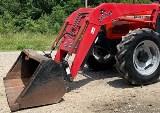 1038 Loader
1038 Loader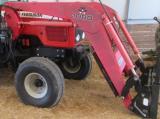 1080 Loader
1080 Loader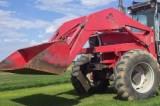 856 Loader
856 Loader